Use of lighting in an independent film
Lights, camera, action! Lighting is an essential component of any independent film production. Without proper lighting, even the most talented actors and stunning sets won’t look their best. Lighting is what sets the mood and tone of a film, creates depth, and draws the audience’s attention to specific details. In this blog, we’ll discuss the best lighting for filming a film and how it can help you achieve the desired look for your project.
Natural Light:
Natural light is the most straightforward lighting technique, and it doesn’t require any expensive equipment. It’s also the most cost-effective way to achieve a soft, even, and natural-looking light. The drawback of natural light is that it’s not always consistent, and it changes throughout the day, so it can be challenging to maintain consistency. To overcome this issue, consider filming during the golden hour, which is an hour after sunrise and an hour before sunset. During this time, the light is warm and soft, which makes it ideal for filming.
Three-Point Lighting:
The three-point lighting technique is a classic lighting setup that is commonly used in independent film and commercial film productions. It involves using three lights: a key light, a fill light, and a backlight. The key light is the primary light source, and it’s usually positioned at a 45-degree angle to the subject. The fill light is used to fill in any shadows created by the key light, and it’s positioned on the opposite side of the subject from the key light. The backlight is positioned behind the subject to create separation between the subject and the background. This lighting setup is great for creating a dramatic effect and adding depth to your shots.
High Key Lighting:
High-key lighting is a lighting technique that involves using a lot of bright, even light to create a light, airy, and upbeat atmosphere. This technique is often used by independent filmmakers in comedies, musicals, and other genres that require a happy and upbeat mood. To achieve high key lighting, you’ll need to use a lot of soft light sources, such as diffused light or saltboxes.
Low Key Lighting:
Low key lighting is the opposite of high-key lighting, and it’s commonly used in horror, thriller, and suspense films. This technique involves using a lot of shadows and contrasts to create a dark, ominous, and unsettling atmosphere. To achieve low-key lighting, you’ll need to use a few key light sources, such as a single spotlight or a small directional light.
Color Lighting:
Color lighting involves using different colors of light to create a specific mood or atmosphere. For example, red lighting can create a romantic or passionate mood, while blue lighting can create a cold, somber, or eerie atmosphere. Color lighting is often used in music videos, commercials, and other productions that require a unique and eye-catching look.
In conclusion, lighting is an essential component of any film production, and choosing the right lighting technique can make or break your project. Whether you’re going for a natural look or a dramatic effect, there’s a lighting technique that can help you achieve your vision. Experiment with different lighting setups and techniques to find the one that works best for your project, and remember that practice makes perfect!
If you are an independent filmmaker, WFCN has the perfect platform for you. Once you are done making your independent movie, you can surf through our 550+ top film festivals and find your niche. We also have CANVAS, a platform for self-distribution. Go and check it out now!



.png)

